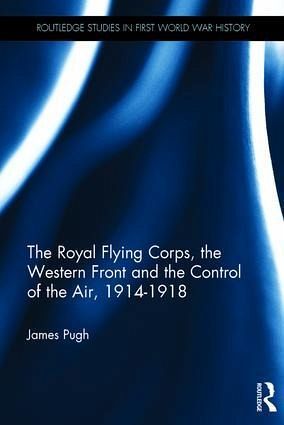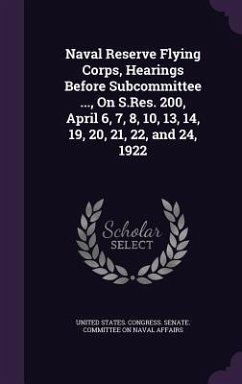
The Royal Flying Corps, the Western Front and the Control of the Air, 1914-1918
Versandkostenfrei!
Versandfertig in 1-2 Wochen
158,99 €
inkl. MwSt.
Weitere Ausgaben:

PAYBACK Punkte
79 °P sammeln!
By the middle of 1918 the British army had developed an effective approach to warfare on the Western Front. This approach, integrating infantry, artillery, armoured vehicles and - crucially - air power, was to prove highly effective and formed the basis of major military operations for the next hundred years. Yet, while much has been written on the utilisation of ground forces the study of the air element still tends be studied in isolation from the army as a whole. By exploring five key themes, this study seeks to move beyond the dominant 'aces and aircraft' perspective on aviation during the...
By the middle of 1918 the British army had developed an effective approach to warfare on the Western Front. This approach, integrating infantry, artillery, armoured vehicles and - crucially - air power, was to prove highly effective and formed the basis of major military operations for the next hundred years. Yet, while much has been written on the utilisation of ground forces the study of the air element still tends be studied in isolation from the army as a whole. By exploring five key themes, this study seeks to move beyond the dominant 'aces and aircraft' perspective on aviation during the First World War, demonstrating the rich and complex nature of air power history during this period.














